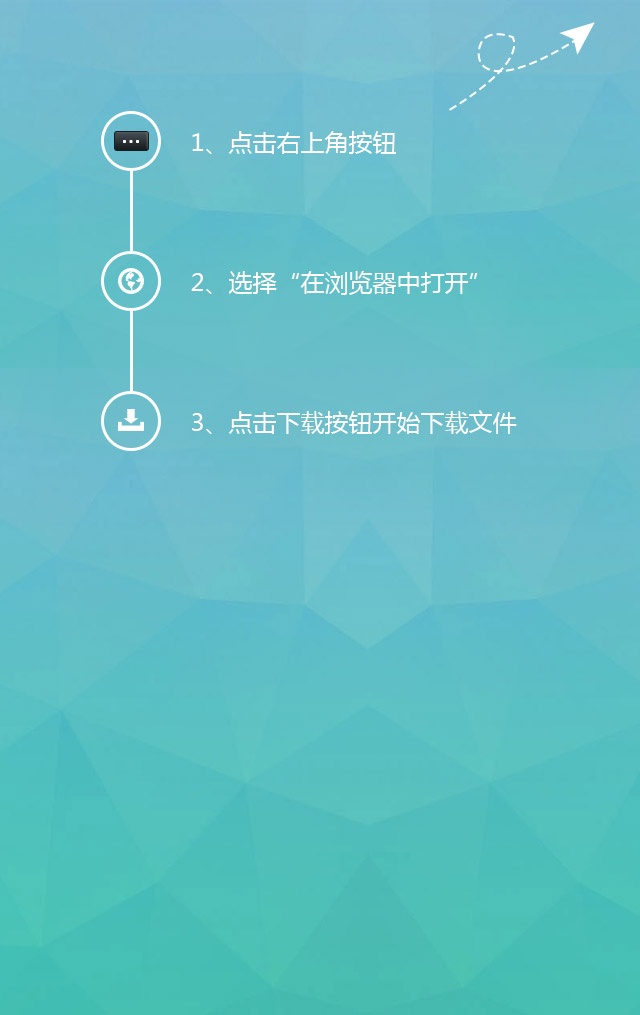What to Know Before Buying a Water Cooler or Water Dispenser
Written by Mariette Mifflin Updated 04/27/21
Once mostly an office icon known as the spot where workers shared gossip, a water cooler or water dispenser is now seen as a convenient, or perhaps even essential, appliance for the home. Health experts increasingly promote hydration for its health benefits. A convenient water dispenser or cooler that dispenses filtered, purified water from a reservoir is a great way to encourage family members to drink plenty of water that's free of the contaminants and additives sometimes found in tap water.
The Mayo Clinic suggests that people should drink 11 1/2 to 15 1/2 cups of water each day, and you can do this with much moreconfidence (and enjoyment) when that water comes from a source you know to be pure.
Advantages of Bottled Water
The quality of tap water provided by a civic water utility has become a subject of intense interest in the wake of health problems in communities such as Flint, Michigan, in 2014. Depending on where a community's water is drawn and the processes by which it is filtered and treated, drinking water provided by a city can still contain toxins and contaminants such as lead, radium, arsenic, copper, giardia parasites, perfluorooctanoic acid, nitrates, manganese, and mercury.
These contaminants may be found in very low levels that are regarded as safe by EPA standards, but some experts believe that there is no such thing as safe levels of these materials when it comes to the water we use for drinking and cooking. And some cities have been known to ignore or even falsify their test results, bypassing EPA standards.
The bulk bottled water used in water dispensers and water coolers, on the other hand, is either obtained from deep earth springs that naturally filter out contaminates or is municipal water that has been factory filtered to remove virtually all possible contaminants. It is estimated that about 50 percent of commercial bottled water comes from natural springs, while the rest is highly filtered and purified tap water. Arrowhead, Crystal Geyser, Evian, and Fiji are among the companies known to obtain their water from springs and underground aquifers. Dasani, Aquafina, and the like apply purifying techniques to local water supplies before bottling it for sale.
This is not to say that spring and aquifer water is necessarily more pure, since all water sold as "purified" must meet federal standards before it can be labeled as such. Here are a few facts to keep in mind:
Purified bottled water is not heavily chlorinated, thus it is better tasting.
Federal standards ensure that purified bottled water is free of dangerous levels of contaminants.
Bottled water dispensed from a cooler is less wasteful, since a cooler can instantly chill water as needed—you don't need to run a sink tap until the water is cool.
Two Options for Dispensing Water
The appliances used to dispense purified water from bulk jugs purchased at a store or delivered by a water service come in two main types: water dispensers with a simple tap that allow you to pour out the water at room temperature as you need it or electric appliances that can dispense chilled water and, sometimes, hot water.
Water Dispensers
Water dispensers are normally simple appliances in which large bottles (usually 4 or 5 gallons) of water sit at the top of the dispenser and feed water down to the tap through gravity. The bottles are easily swapped out when empty. These simple water dispensers are the classic appliance that was once standard in offices all across the U.S, and are still popular thanks to their low cost and ease of use.
Water Coolers/Heaters
Increasingly popular, however, are electrically powered dispensers that feature cooling coils that allow water to be chilled as it is dispensed from the tap via 4- or 5-gallon jugs of purified water. Many models also offer a second tap that can dispense hot water for making hot drinks or instant soups. These appliances often look much the same as a simple dispenser, but they require a plug-in outlet to run the cooling and heating features. Some water coolers use the same top-loading design as basic water dispensers, but other designs hide the water jugs in a cabinet beneath the taps.
Freestanding Floor Models vs. Countertop Dispensers
Whether you choose a standard dispenser or an electric dispenser that heats or cools the water, you also have the option of buying an upright, freestanding floor model or one designed to sit on a countertop or other surface. Freestanding floor models are the type most often used in offices, but large, busy families might also find the 4- or 5-gallon capacity worthwhile. If you don't have the kitchen floor space or need the large capacity, a countertop model that uses 1- or 2-gallon bottles is probably sufficient. Remember that water coolers or heaters need to be plugged in, so they will need to be positioned near an outlet.
Other Options to Consider
In addition to the basic decision of whether to buy a standard dispenser or a heating/cooling appliance and whether to opt for a floor model or a countertop model, there are other variables to consider when buying a water dispenser:
Local availability of refill bottles: You should confirm the availability of bottled water in your area before buying a cooler. Many retailers offer bottle return discounts. For homeowners who may have physical limitations, keep in mind that you can usually downsize the bottle if a 5-gallon size is difficult to carry or load onto your water cooler. Some water appliance companies, such as Culligan, may offer delivery service for exchanging bottles on a regular schedule.
Capacity: Many water coolers or dispensers will accommodate standard pre-filled plastic water bottles in 2-, 4-, and 5-gallon sizes, but you should confirm this before buying. Others, especially countertop models, are limited to smaller bottle sizes. Though not recommended, these large plastic bottles can be manually refilled with potable water and reused, but always disinfect your bottle with a solution of water and a little bleach before refilling. Rinsing well is essential.
Drinking water temperature: For cooling or heating models, remember that water temperature tends to vary between models and brands. Cold water temperature depends largely on the size and type of compressor or other technology used in the design. If this is important to you, check the water temperature before buying your dispenser. Coolers that have bottom-mount bottles and those smaller models that sit on a countertop typically do not chill the water as much as freestanding top-mount models.
Stainless steel reservoir: An excellent feature to consider is a stainless steel water reservoir. It eliminates the "plastic" water taste, which is quite common with some coolers. With these appliances, the plastic refill bottle isn't mounted onto the dispenser but instead is poured into the stainless steel reservoir.
Porcelain reservoir: There are only a few porcelain models around, but they have become very popular with consumers. The reservoir crock is made from 100 percent vitrified porcelain, but remember that they are breakable, which might be a consideration if you have active children or large pets. These appliances are not electric, so there's no operating cost. They are fitted with a single tap to dispense room-temperature water. Consumers love the nostalgic look and feel of these dispensers.
Child safety locks: Hot water faucets should have safety child locks to prevent accidental burns.
Tap design: If you want to refill personal water bottles, tall glasses, or travel mugs, there should be adequate spacing between the drip tray and faucet, and the nozzle should be small enough to insert into your personal bottle for refilling.
From:https://www.thespruce.com/buy-water-dispenser-or-cooler-1909085
Ningbo Ninfun Electrical Appliances Co.,Ltd
air fryer supplier,water dispenser factory,cheap air cooler,promotion water cooler
Recommend
-

-

QQ friends
-

QQ Zone
-

Sina Weibo
-

Renren.com
-

Douban

